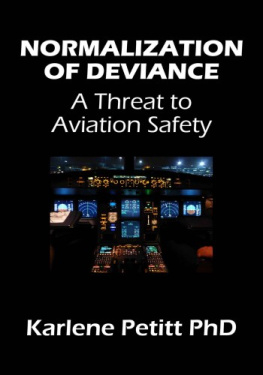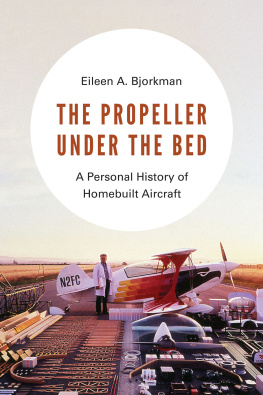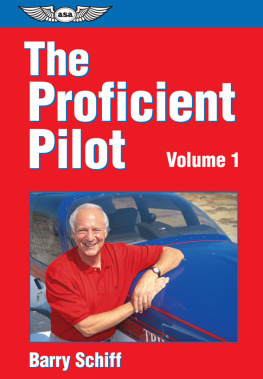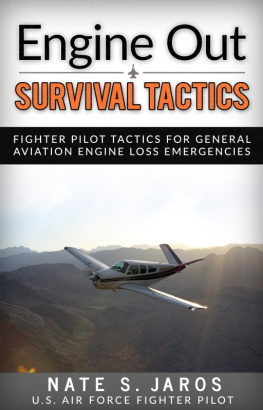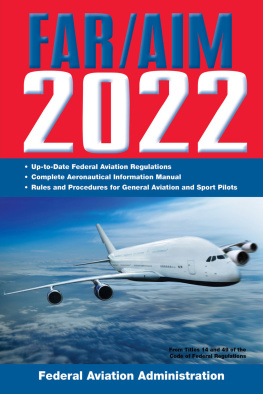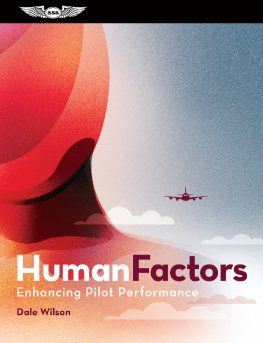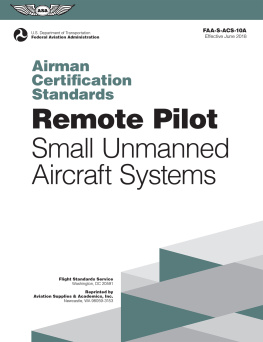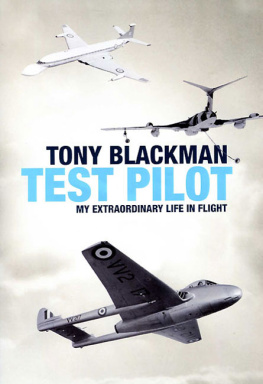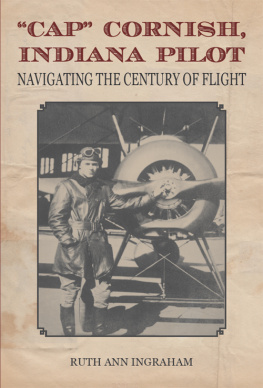
FROM JACKS TO JOYSTICKS
FROM JACKS TO JOYSTICKS
An Aviation Life: Engineer to Commercial Pilot
Mick J Patrick
FROM JACKS TO JOYSTICKS
An Aviation Life: Engineer to Commercial Pilot
This edition published in 2018 by Air World Books,
an imprint of Pen & Sword Books Ltd,
47 Church Street, Barnsley, S. Yorkshire, S70 2AS
Copyright Mick J. Patrick, 2018
The right of Mick J. Patrick to be identified as the author of this work has been asserted by him in accordance with the Copyright, Designs and Patents Act 1988.
ISBN: 978-1-52671-285-1
eISBN 978-1-52671-287-5
Mobi ISBN 978-1-52671-286-8
All rights reserved. No part of this publication may be reproduced, stored in or introduced into a retrieval system, or transmitted, in any form, or by any means (electronic, mechanical, photocopying, recording or otherwise) without the prior written permission of the publisher. Any person who does any unauthorized act in relation to this publication may be liable to criminal prosecution and civil claims for damages.
CIP data records for this title are available from the British Library
Pen & Sword Books Limited incorporates the imprints of Atlas, Archaeology, Aviation, Discovery, Family History, Fiction, History, Maritime, Military, Military Classics, Politics, Select, Transport, True Crime, Air World, Frontline Publishing, Leo Cooper, Remember When, Seaforth Publishing, The Praetorian Press, Wharncliffe Local History, Wharncliffe Transport, Wharncliffe True Crime and White Owl.
For more information on our books, please visit
www.pen-and-sword.co.uk
email
or write to us at the above address.
Acknowledgements
Thanks are due to those good friends who have given me the guidance and encouragement to write this autobiography. Airline Captain Nigel Clark, who put me up to this a long time ago, when we talked in the cruise, while flying an air ambulance, about my experiences in aviation. Jason Pierce, who is about as close as you can get to being an aviator without actually holding a pilot licence, who reminded me that it is not just all about aircraft. Mark Hillier, an author and aviator himself, and an invaluable mentor. Paul Hamblin, who edited my manuscript and turned the work into something beyond my abilities. Also Dave Cassan, who set out the manuscript and produced the jacket art work. I have to mention the airline pilots from whom I learnt so much, while I was in the flight engineers seat. Also, I would like to thank all those people whom, in a life of aviation, gave me the chance to fulfil an interesting career of so many aspects. Lastly to my partner Leah, who put up with my absence in the study while I beavered away on the manuscript.
I gratefully acknowledge the following for permission to reproduce their images,
Veterans of the Air Despatch Association.
Aviation Photo Company.
Air Team Images.
The Ministry of Defence.
Mac Hasenbein.
Every effort has been made to establish the copyright of all material used. Errors or omissions will be addressed in any subsequent editions.
Mick J. Patrick
Dedicated to my friend David Smith, also of the 94th Entry of RAF Apprentices, who encouraged me with this book, but did not live to see it published.
Introduction
T here was no grand plan. No burning ambition to become a pilot. What actually happened was that as soon as I got comfortable in one aspect of aviation, opportunities arose to do something new so I grasped them as they came along. Educationally close to the breadline and afflicted by a kind of stammer in childhood, I could not have assumed lofty career ambitions with any degree of confidence. But as time went on, I clawed my way out of a sense of settling for what I could get, to demanding much more of myself. This story or more correctly, journey is one that has taken me around most of the world. It has moved me out of the hangar and into the cockpit.
I come from a family of individuals where if you want something, you are expected to get it yourself. Despite little or no advice on what to do in life, it was obvious that I needed to qualify in a good trade, as what was in those days called a profession was not on my radar.
The RAF took me on, as it had done for both my parents before me. My Halton Apprenticeship as a Trenchard Brat began in 1960 and I struggled through to graduation in `62. The posting to RAF St. Mawgan gave me a grounding in air force life and was followed by RAF Seletar in Singapore for the Indonesian confrontation. This front line service was a life I enjoyed to the full, volunteering for anything that came along and spending quite a bit of time up in Borneo. Returning to the UK was an anti-climax and after another couple of years I left early.
Another seven years of ground engineering followed, during which I gained a civil licence working on large four engine turbo-props and jets. In 1976, after a casual and totally unplanned interview, I became a Flight Engineer (F/E) for Transmeridian Air Cargo. That career continued, working for Cyprus Airways, British Caledonian and British Airways, for the next 21 years. I became a training engineer and examiner for three of those airlines. During this period, there were a couple of occasions when we almost came to grief and it cost me a few nights sleep. Some of my colleagues were not so lucky: we lost some in a fatal accident in Hong Kong whilst in Cyprus our aircraft crashed with the undercarriage not locked down. Happily no-one was injured on the latter occasion. Following that accident I was assigned to work with the Accident Investigator, a task complicated by an RAF aircraft crashing near our wreck a few days later.
In the early days, the aircraft I flew on did not have the level of reliability which we now take for granted. I had several engine shutdowns, fire warnings and lightning strikes. My routes took me to Africa and through the Gulf to Hong Kong. In the freighting days, if there was a load to be hauled we did it. If the aircraft went unserviceable, it was to the F/E that the company turned to and many times we found ourselves, shirts off, covered in oil and grease.
Later, when I moved on from cargo to passenger flights in more prestigious airlines there were new routes to fly and a new social life to explore. Now I had the luxury of engineering support on a defined route structure. As I grew in age, weight and confidence, my speech impediment slowly went away. With the passage of time, I was able to project myself into responsibilities and communications that I never thought possible. Sitting behind two pilots in a three man cockpit I was privileged to see some fine airmanship and occasionally some that did not belong in that category. Slowly, I came to realise that possibly there was a place for me in the front seat of a cockpit with the other guys. It did not seem so impossible and, just maybe, I could cut the mustard as well as they could. When I took my first flying lesson in Dallas, Texas, I was hooked. The obsession began.
Over a period of ten years, I gained my Commercial Pilot licences on both sides of the Atlantic. Using my F/E job, by now with British Airways, to get me to the USA, I could rent aircraft cheaply. Time at home was used to prepare for the next exam and the preparation for my next flight. I flew from Atlanta, Dallas, Houston, Los Angeles and Phoenix. Once the licences were obtained, I took other crew members out to local tourist spots like the Grand Canyon. Thanks to their contributions, I could afford to build up hours. In Texas, I did a float rating. Landing in rough water, we came close to crashing when I almost tore a float off the aircraft.
Next page

